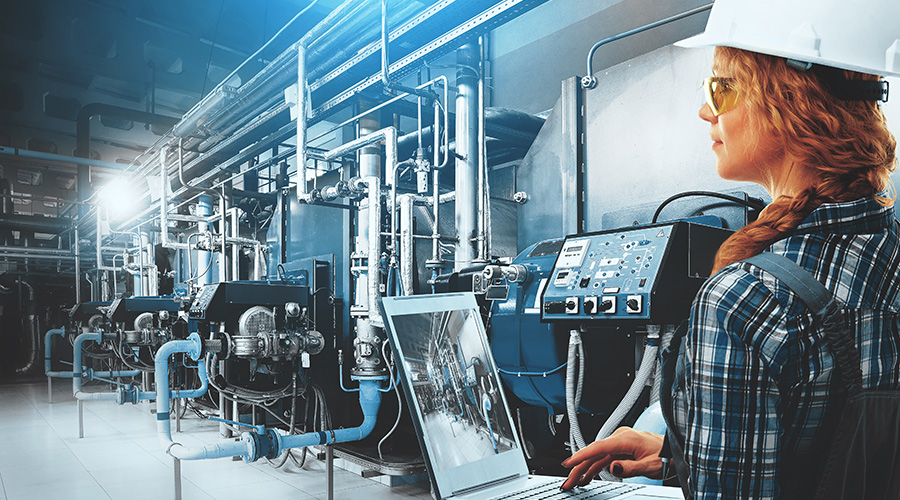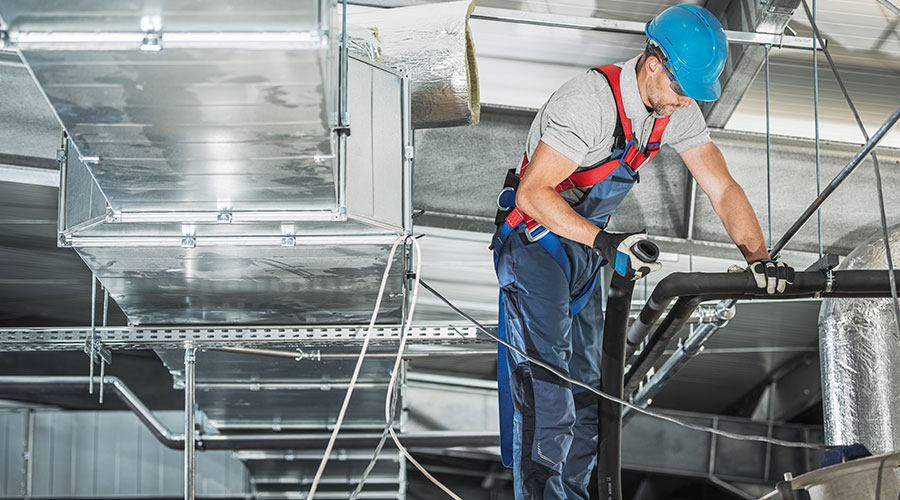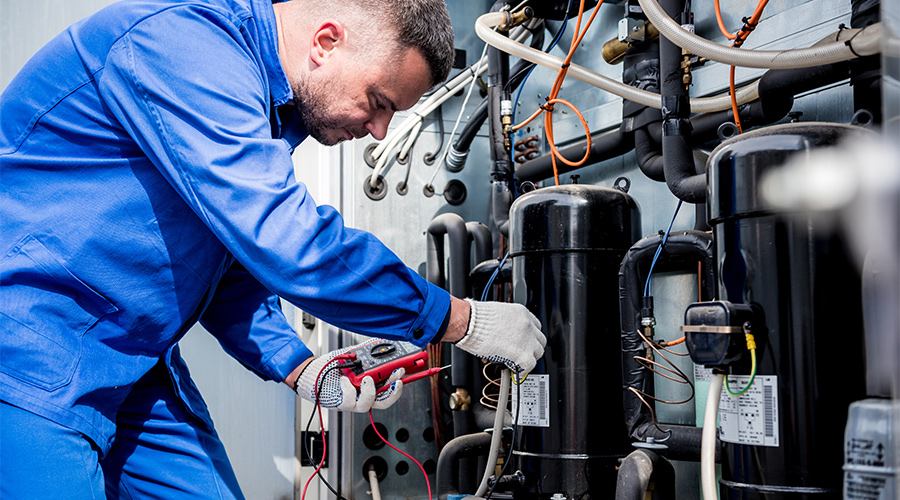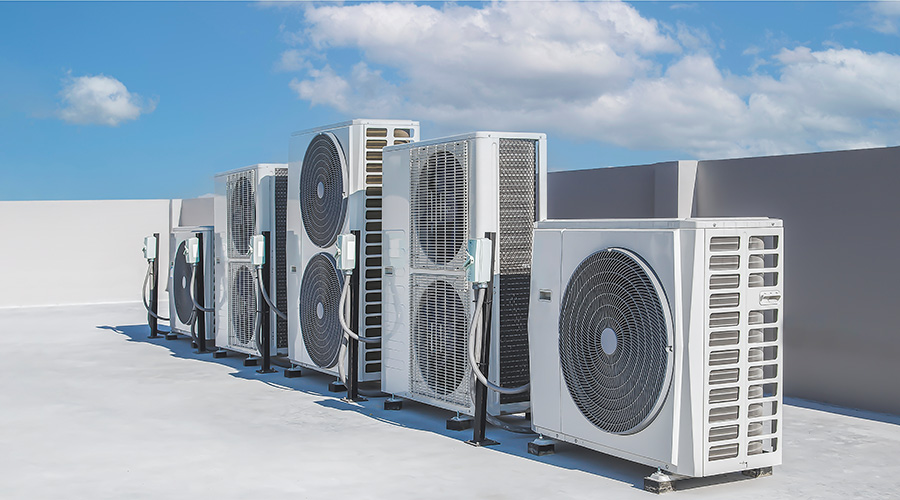Vertical-Type Boilers Use Floating Head Design
The narrow location also created challenges for Milewski and Clifton when it came time to specify the type of boiler they wanted to install.
"Because of the space requirements, we didn't have whole lot of choices," Clifton says. To check out their options, representatives from the hospital toured a hospital in which the manufacturer had installed the boilers in order to look at the installation and ask questions of managers and operators about the equipment's performance.
The manufacturer's location also played a major role in the hospital's ultimate decision on which boiler to specify.
"They have a history in North Carolina, and we knew we wouldn't have to wait for parts from California," Clifton says. "We knew we could get service quickly."
The new boilers — two 200-horsepower (hp) units and a 100-hp unit — are once-through, forced-circulation, vertical-type units, instead of more traditional fire-tube units. They feature a flat-shaped burner and a rectangular-shaped boiler vessel. The 200-hp boilers are dual-fuel units — they burn either natural gas or propane — while the 100-hp unit burns only natural gas.
All three of the boilers use a floating head design that converts water to steam in five minutes — fire-tube boilers can take on hour to do so — while maintaining an 85 percent fuel-to-steam efficiency.
Related Topics:














